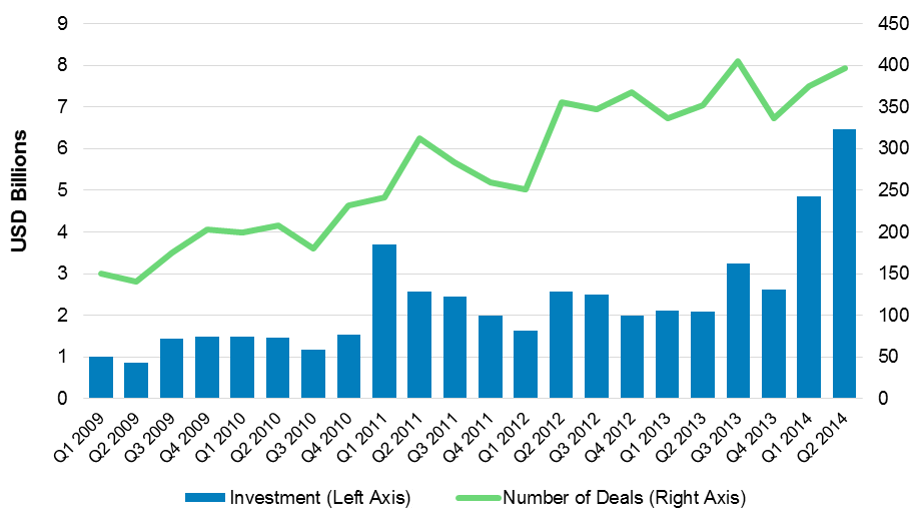An excellent customer experience is a critical part of modern business, and one that most telcos really struggle with, achieving poor customer satisfaction ratings compared to almost every other industry. We’ve looked at a sample of leading companies with high customer approval ratings in telecoms and other industries, and found surprising commonalities in their approaches to providing a great customer experience, whether in the digital or physical world. In this, the first of a series of reports, we look at what great customer service means and what it takes to deliver it.





